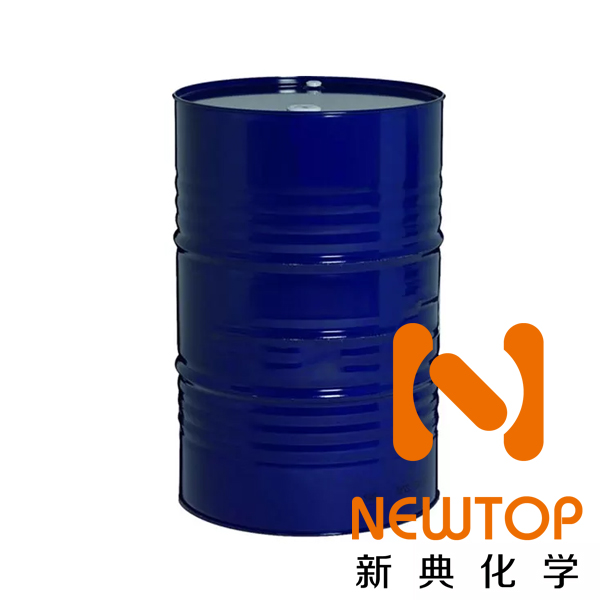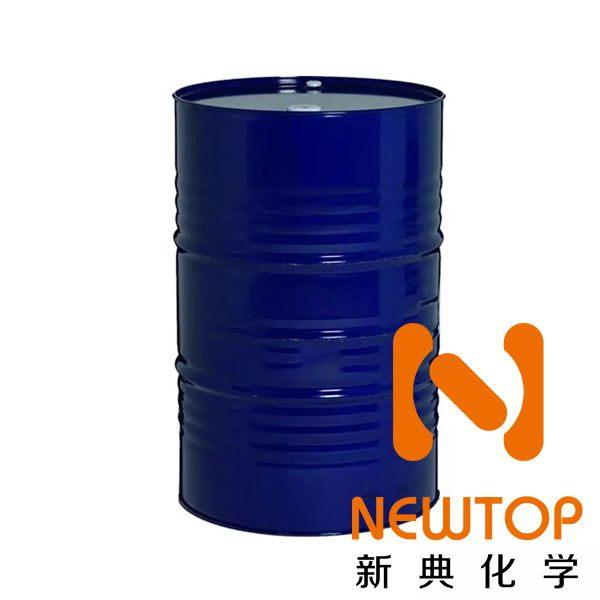Introduction
Metal catalysts have been a cornerstone of chemical reactions and industrial processes for centuries. These powerful agents facilitate and accelerate various chemical transformations, making them indispensable in numerous sectors, including pharmaceuticals, agriculture, energy, and environmental protection. This article aims to delve into the fascinating world of metal catalysts, exploring their properties, functions, and applications, as well as the challenges and opportunities they present in modern science and industry.
What are Metal Catalysts?
Metal catalysts are substances that increase the rate of chemical reactions without being consumed in the process. They are typically composed of transition metals, such as platinum, palladium, nickel, and iron, which possess unique electronic configurations that allow them to interact with reactants and lower the activation energy required for a reaction to occur. This interaction facilitates the formation of new bonds and the breaking of old ones, ultimately leading to the desired products.
Properties and Functions of Metal Catalysts
Metal catalysts exhibit several essential properties that make them highly effective in promoting chemical reactions. These include:
-
High surface area: Metal catalysts often have a large surface area, which allows for greater contact between the catalyst and reactants, thereby increasing the reaction rate.
-
Active sites: The surface of metal catalysts contains active sites, which are specific locations where reactant molecules can bind and undergo chemical transformations.
-
Selectivity: Metal catalysts can exhibit high selectivity, meaning they favor the formation of specific products over others. This property is crucial in industrial applications, where the production of a single desired product is often the primary goal.
-
Stability: Metal catalysts must be stable under the reaction conditions to maintain their activity and prevent degradation.
-
Recyclability: In many cases, metal catalysts can be recovered and reused, making them more cost-effective and environmentally friendly.
Applications of Metal Catalysts
Metal catalysts play a crucial role in a wide range of industrial processes and chemical reactions. Some notable applications include:
-
Pharmaceuticals: Metal catalysts are extensively used in the synthesis of pharmaceutical compounds, enabling the production of life-saving drugs and medicines. For example, palladium catalysts are often employed in cross-coupling reactions, which allow for the formation of complex carbon-carbon bonds found in many pharmaceutical agents.
-
Agriculture: The production of fertilizers, such as ammonia, relies on metal catalysts to facilitate the conversion of nitrogen and hydrogen gases into ammonia. This process, known as the Haber-Bosch process, utilizes iron-based catalysts and has revolutionized agriculture by providing a reliable source of nitrogen-rich fertilizers.
-
Energy: Metal catalysts are essential in various energy-related processes, such as the refining of crude oil, the production of biodiesel, and the generation of hydrogen through steam reforming. For instance, platinum and nickel catalysts are commonly used in fuel cells to promote the conversion of hydrogen and oxygen into water, generating electricity in the process.
-
Environmental protection: Metal catalysts play a vital role in reducing pollutants and greenhouse gas emissions. For example, automotive catalytic converters use platinum, palladium, and rhodium catalysts to convert harmful exhaust gases, such as carbon monoxide, nitrogen oxides, and hydrocarbons, into less harmful substances like carbon dioxide, nitrogen, and water vapor.
Challenges and Opportunities
Despite their numerous benefits, metal catalysts also present several challenges that must be addressed to ensure their continued use and development. These challenges include:
-
Cost: Many metal catalysts are derived from precious metals, which can be expensive and subject to price fluctuations. Developing alternative, more cost-effective catalysts is an area of active research.
-
Scarcity: Some metal catalysts, such as platinum and palladium, are relatively rare and may become depleted over time. Efforts are underway to identify and develop new catalysts based on more abundant metals.
-
Deactivation: Metal catalysts can lose their activity over time due to various factors, such as poisoning, sintering, or mechanical degradation. Enhancing the stability and longevity of metal catalysts is an important area of research.
-
Environmental impact: While metal catalysts can help reduce pollutants and greenhouse gas emissions, their production, use, and disposal can also have negative environmental consequences. Developing more sustainable and eco-friendly catalysts is a critical goal for the future.
In conclusion, metal catalysts are powerful agents that play a crucial role in various chemical reactions and industrial processes. Their unique properties and functions make them indispensable in sectors such as pharmaceuticals, agriculture, energy, and environmental protection. However, challenges related to cost, scarcity, deactivation, and environmental impact must be addressed to ensure the continued development and use of these vital materials. Through ongoing research and innovation, metal catalysts will undoubtedly continue to shape the future of science and industry, unlocking new possibilities and driving progress in countless applications.
Recommended Reading?
Application areas: polyurethane rigid foam, flexible foam, self-skinning, shoe materials
Characteristics: delayed, heat-sensitive
Function: prolonging emulsion time, prolonging drawing time
Use system: MDI/TDI/PAPI/mixed isocyanate
DY-215
Special amine delayed gel catalyst, providing excellent pre-flow, delaying drawing time, not affecting post-curing, accelerating product release.
DY-225
Diol solution of modified bis(dimethylaminoethyl) ether, delayed foaming catalyst, delayed emulsification time, improve fluidity, shorten demoulding time.
DY-300
Delayed gel catalyst, improve fluidity, good open porosity. Used for moulding high resilience, self-skinning, etc.
DY-400
Delayed foaming catalyst, can improve the carrying capacity of foam. Used in moulding high resilience, self-skinning, microcellular foaming, etc.
DY-8154
Modified triethylene diamine diol solution, gel catalyst with delayed action, can improve fluidity and shorten demoulding time.
Commonly used products in the field of polyurethane CASE
Application areas: polyurethane coatings, adhesives, elastomers, polyurethane acrylic coatings, fabric coatings, polyurethane pastes, leather finishes, composites, etc.
Characteristics: Delayed, heat-sensitive
Function: Extend the open time, delay the rise of viscosity, does not affect the post-curing
Use system: MDI/TDI/IPDI/HDI/H12MDI/ADI/XDI/mixed isocyanate
Delayed catalyst effect picture Introduction: In CASE field (adhesives, coatings, elastomers), the most commonly used catalyst is DY-12 (dibutyltin dilaurate), which has good selectivity to -NCO and -OH and high activity, but in the preparation of complex products, the operation time given to the workers is short, and it can’t satisfy the construction demand, in this condition, Shanghai Deyin Chemical Co. Ltd. has developed a series of delayed catalysts to recommend more suitable products for different isocyanate systems and construction conditions.
DY-5115
Used in polyurethane adhesives, coatings, elastomers, composites and other fields.
DY-5300
Used in polyurethane adhesives, coatings, elastomers, composites, etc.
DY-5320
Used in polyurethane elastomers, adhesives, sealants, elastic paints, leather finishing agents and other industries.
DY-5558
Used in one-component polyurethane adhesives, coatings, leather finishing agents and other industries
DY-5503
For polyurethane elastomers, adhesives, sealants, elastic paints, leather finishing agents and other industries
DY-5508
For polyurethane elastomers, adhesives, sealants, elastic paints, leather finishing agents and other industries
DY-5980
Used in polyurethane adhesives, leather finishing agents, coatings, microporous elastomers, etc.
DY-5982
Used in polyurethane adhesives, coatings, microporous elastomers, etc.
Recommended reading:

Introduction
Hard foam catalysts have emerged as a significant development in the field of chemical engineering and industrial applications. These unique materials combine the advantages of traditional catalysts with the benefits of a porous, lightweight structure, enabling efficient and sustainable chemical reactions. This essay aims to provide a comprehensive overview of hard foam catalysts, their preparation, properties, and applications.
Preparation of Hard Foam Catalysts
Hard foam catalysts are typically prepared using a foam-templating method. This process involves the creation of a foam, often from a polymeric material, which is then used as a template for the deposition or synthesis of the catalytic material. The foam is subsequently removed, leaving behind a porous, three-dimensional structure with high surface area and excellent mass transport properties.
The choice of foam material and catalyst precursor, as well as the conditions under which the deposition or synthesis occurs, can significantly influence the properties of the resulting hard foam catalyst. For instance, varying the pore size of the foam template can control the size and distribution of the catalytic material, while the use of different precursors can alter the chemical composition and activity of the catalyst.


Properties of Hard Foam Catalysts
Hard foam catalysts exhibit several advantageous properties that make them attractive for various applications. Their high surface area and porosity facilitate efficient contact between the catalyst and reactants, enhancing the rate and yield of chemical reactions. The three-dimensional structure of the catalyst also allows for excellent mass transport, reducing diffusion limitations and improving overall reaction efficiency.
Moreover, hard foam catalysts are typically lightweight and mechanically robust, making them easy to handle and suitable for use in large-scale industrial processes. They can also be designed to exhibit specific chemical properties, such as selectivity towards certain reactions or resistance to deactivation, by carefully controlling the synthesis conditions and choice of catalytic material.
Applications of Hard Foam Catalysts
Hard foam catalysts find applications in a wide range of industries, including chemical manufacturing, environmental remediation, and energy production. In chemical manufacturing, they can be used to catalyze various reactions, such as oxidation, reduction, and hydrogenation, with improved efficiency and selectivity compared to traditional catalysts.
In environmental remediation, hard foam catalysts can be used to degrade pollutants in air and water. Their high surface area and porosity make them effective at adsorbing pollutants, while their catalytic activity enables the degradation of these pollutants into harmless byproducts.
In the energy sector, hard foam catalysts are being explored for use in fuel cells and other energy conversion devices. Their unique structure and properties make them suitable for facilitating the electrochemical reactions that occur in these devices, potentially improving their efficiency and sustainability.
Conclusion
Hard foam catalysts represent a promising development in the field of catalysis, offering a combination of high surface area, porosity, and mechanical robustness that can enhance the efficiency and sustainability of various chemical processes. As our understanding of these materials continues to grow, it is expected that their use will become increasingly widespread, contributing to advancements in chemical manufacturing, environmental remediation, energy production, and beyond.
Recommended Reading?



